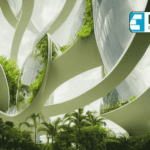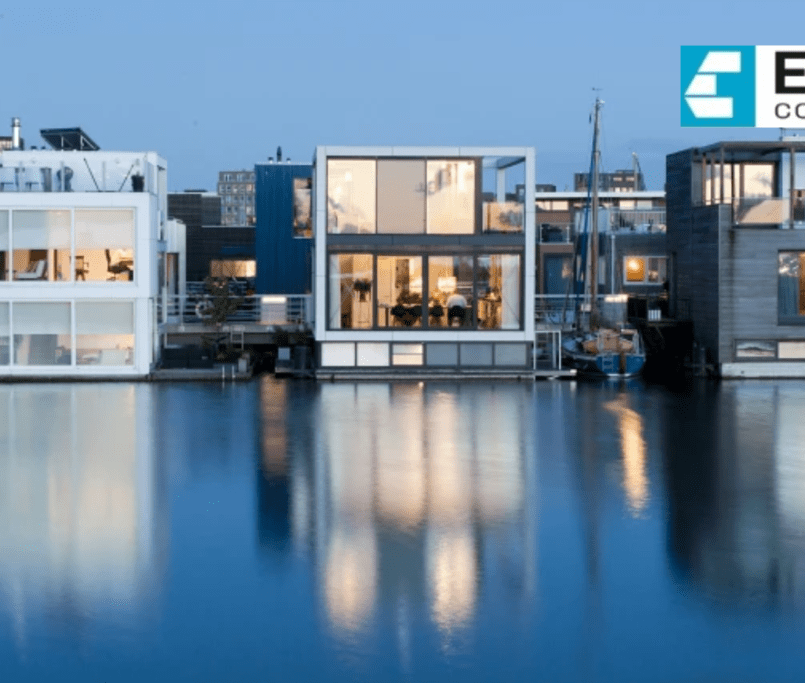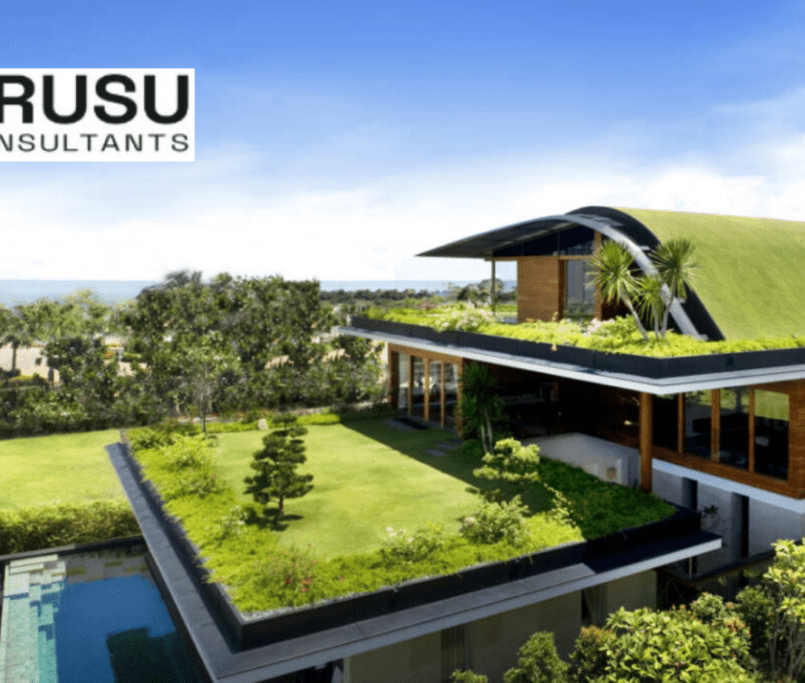The Vital Role of Structural Design Engineering in Mitigating Building Carbon Footprints
Introduction
The escalating concern for environmental sustainability has spotlighted the pivotal role that Structural Design Engineering plays in curbing the carbon footprint of buildings. As we strive for a greener future, understanding how Structural Design Engineering contributes to reducing emissions and fostering sustainable construction practices is paramount. This article delves into the multifaceted impact and strategies employed by Structural Design Engineering to mitigate the carbon footprint of buildings.
- Optimizing Material Selection: The Foundation of Sustainable Structures
Structural Design Engineering spearheads the quest for eco-friendly materials that embody durability, strength, and environmental consciousness. Embracing alternatives like recycled steel, engineered timber, and low-embodied carbon materials, Structural Design Engineering minimizes the carbon impact of construction materials, laying a sustainable foundation for buildings.
- Efficient Structural Systems: Designing for Resource Conservation
Innovative structural systems engineered to optimize material usage and reduce waste are integral in carbon footprint reduction. From employing efficient framing techniques that decrease material quantities to designing slender structural elements using advanced technologies, Structural Engineers strive for leaner, resource-efficient structures that contribute to lower emissions.
- Energy-Efficient Designs: Integrating Sustainability into Structures
Structural Design Engineering collaborates closely with energy-efficient design strategies to minimize operational carbon emissions. Implementing passive design elements such as optimal building orientation, strategic placement of windows for natural lighting, and incorporating thermal mass into structures, Engineers contribute to reduced energy consumption and lower greenhouse gas emissions over the building’s lifetime.
- Life Cycle Assessment: Ensuring Sustainable Longevity
Life cycle assessment (LCA) is a critical tool in the arsenal of Structural Design Engineering. Engineers conduct comprehensive evaluations, analyzing the environmental impact of building materials, construction processes, and the operational phase. By considering the entire life cycle, from raw material extraction to demolition or reuse, Engineers make informed decisions that minimize the carbon footprint of buildings.
- Innovative Construction Techniques: Embracing Green Technologies
Advancements in construction techniques are revolutionizing the industry. Prefabrication, modular construction, and 3D printing are among the innovative approaches embraced by Structural Design Engineers. These methods not only streamline construction processes but also reduce material waste and on-site energy consumption, contributing significantly to carbon footprint reduction.
- Carbon Capture and Sequestration: Exploring Futuristic Solutions
The exploration of carbon capture and sequestration technologies is gaining traction in Structural Design Engineering. By incorporating materials that capture and store carbon dioxide during their lifespan, such as carbon-sequestering concrete or timber, Engineers aim to actively reduce the carbon emissions associated with buildings.
Conclusion
The role of Structural Design Engineering in mitigating the carbon footprint of buildings cannot be overstated. Through meticulous material selection, resource-efficient structural systems, energy-conscious designs, life cycle assessments, and the embrace of innovative construction techniques, Structural Engineers are driving the transition towards sustainable construction practices.
As the world increasingly prioritizes environmental sustainability, the evolution of Structural Design Engineering continues to lead the charge towards buildings that not only stand as architectural marvels but also stand as beacons of sustainability, contributing to a greener and more sustainable future for generations to come.
Disclaimer: This content is provided solely for your review. Erusu Consultants takes no liability for this article. The reader is advised to form their own opinion. Please consult a Structural Engineer before making any final decisions.






